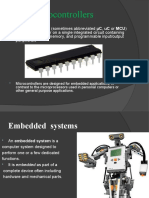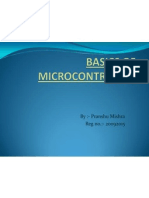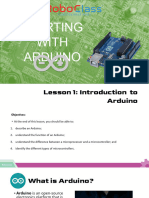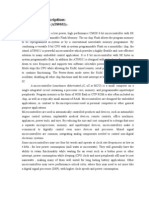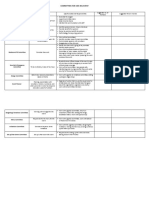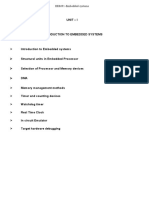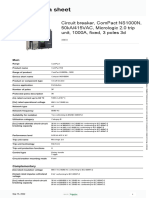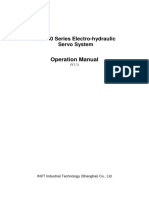0% found this document useful (0 votes)
9 views11 pagesMicrocontrollers Lesson Final
This document outlines the basic functions of microcontrollers, including their definition, key components, and real-world applications. It also provides guidance on setting up a programming environment and running a basic program, specifically an LED blink example. Learning objectives include differentiating microcontrollers from microprocessors and recognizing their role in automation and robotics.
Uploaded by
Federico EstradaCopyright
© © All Rights Reserved
We take content rights seriously. If you suspect this is your content, claim it here.
Available Formats
Download as PPTX, PDF, TXT or read online on Scribd
0% found this document useful (0 votes)
9 views11 pagesMicrocontrollers Lesson Final
This document outlines the basic functions of microcontrollers, including their definition, key components, and real-world applications. It also provides guidance on setting up a programming environment and running a basic program, specifically an LED blink example. Learning objectives include differentiating microcontrollers from microprocessors and recognizing their role in automation and robotics.
Uploaded by
Federico EstradaCopyright
© © All Rights Reserved
We take content rights seriously. If you suspect this is your content, claim it here.
Available Formats
Download as PPTX, PDF, TXT or read online on Scribd
/ 11



















